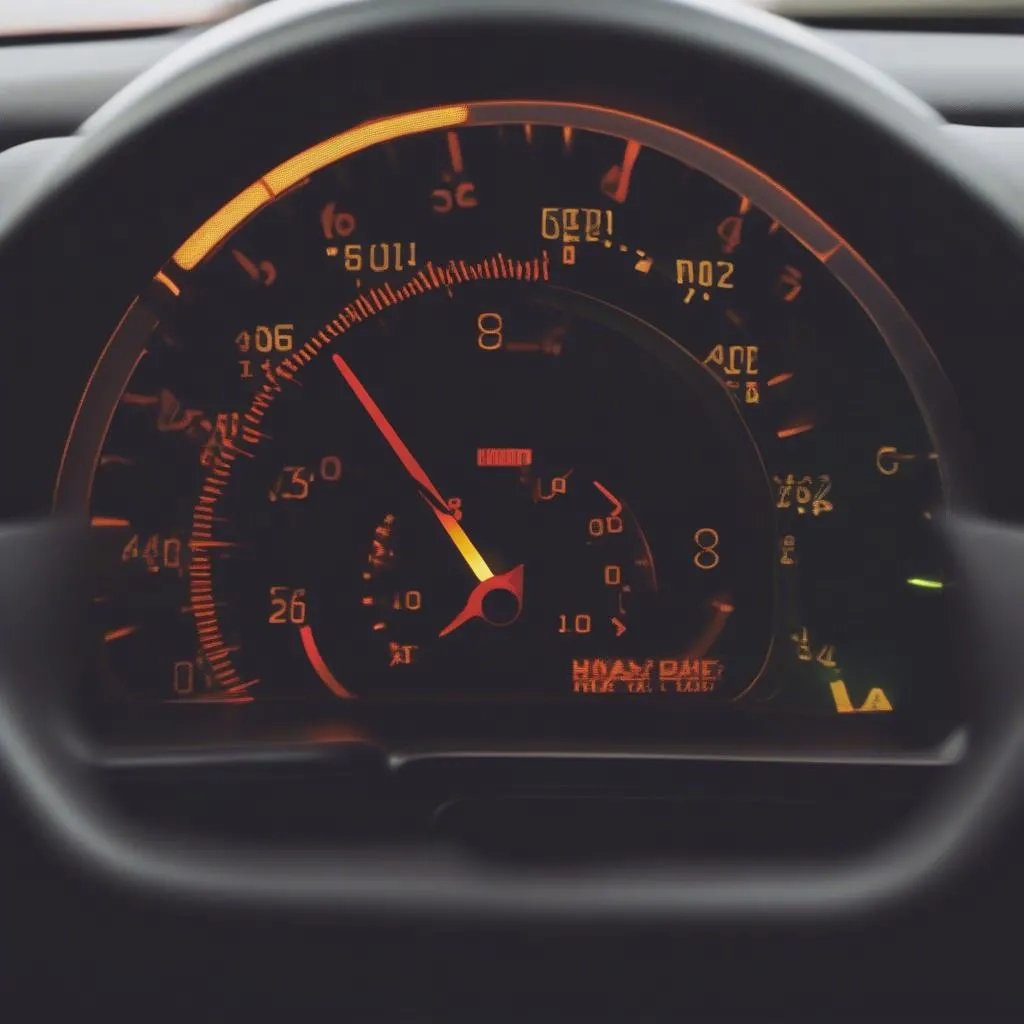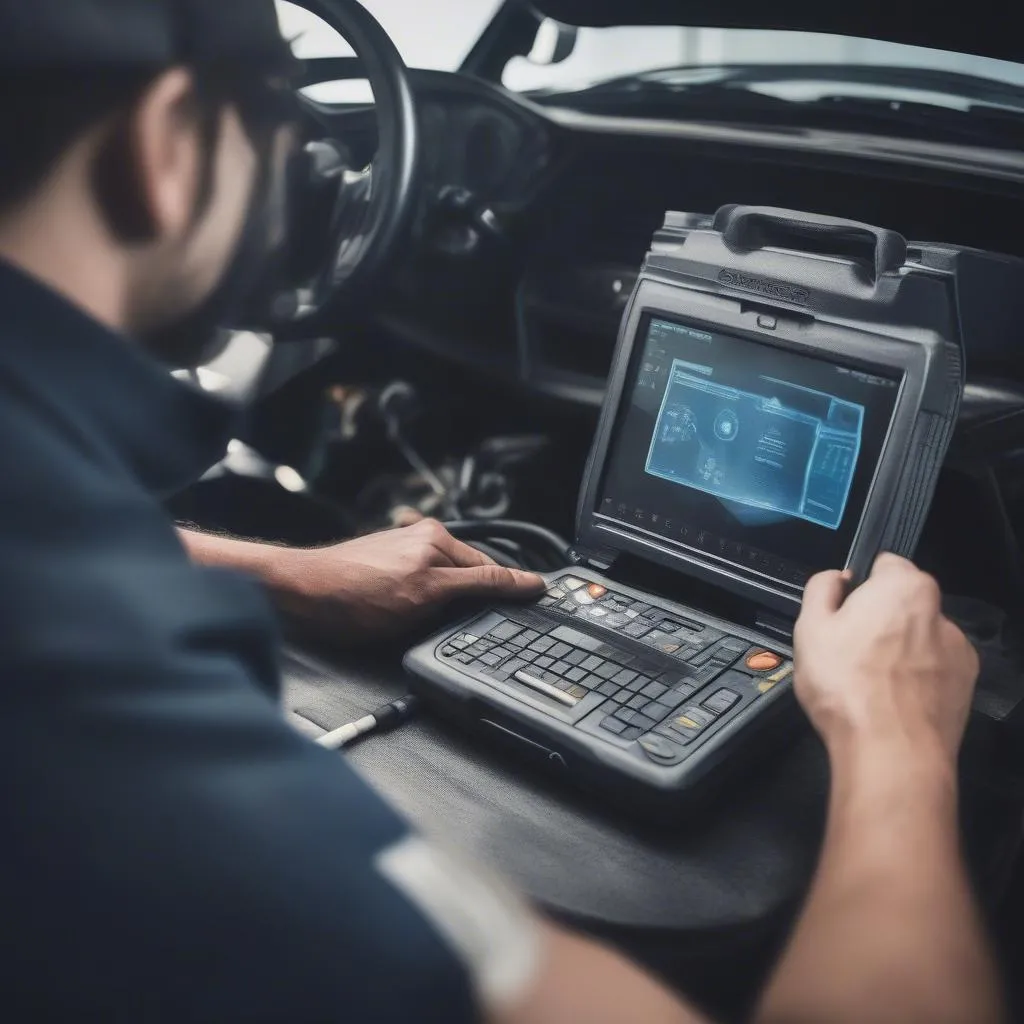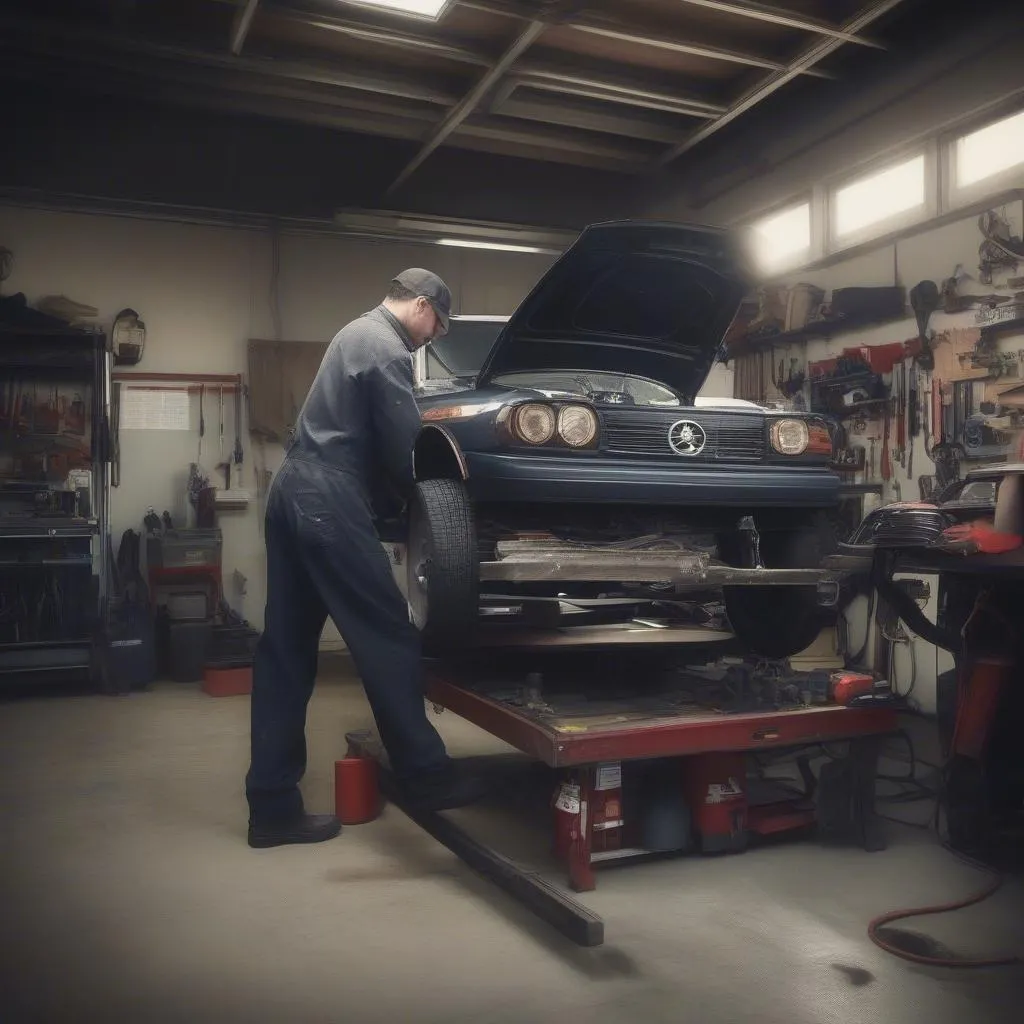Imagine this: you’re driving down the highway, enjoying a beautiful day, when suddenly your car starts acting strange. The engine sputters, the check engine light flashes, or maybe a warning message pops up on your dashboard. It’s a situation that can be stressful and confusing, leaving you wondering what’s wrong and what to do.
This is where understanding Vehicle Problem Diagnosis comes in. It’s like having a detective for your car, helping you figure out the root of the issue and get your vehicle back in shape. In this article, we’ll delve into the world of vehicle problem diagnosis, exploring the warning signs, the tools used, and how you can navigate this process.
Understanding the Significance of Vehicle Problem Diagnosis
Vehicle problem diagnosis is crucial for several reasons:
1. From a Mechanic’s Perspective: For auto repair professionals, accurate vehicle diagnosis is essential for providing effective solutions. It’s the foundation of any repair job, ensuring that the right parts are replaced, and the correct procedures are followed. This saves both time and money in the long run.
2. From a Technical Perspective: Vehicle diagnosis involves using specialized tools and technologies to analyze complex systems like engine control modules, transmission systems, and electrical circuits. This allows mechanics to pinpoint the exact source of the problem, even if it’s hidden deep within the vehicle’s systems.
3. From an Economic Perspective: By identifying and addressing problems early, vehicle diagnosis can prevent more significant and costly repairs down the line. Regular diagnostics can help ensure that your car stays in top shape, preventing breakdowns and keeping your vehicle safe and reliable.
Deciphering the Warning Signs: What Your Car is Trying to Tell You
Your car often provides clues about underlying issues through various warning signs. These could include:
- Check Engine Light: This is one of the most common warning signs. While it may indicate a minor problem, it could also signify a serious issue that needs immediate attention.
- Dashboard Warning Messages: Newer cars often have sophisticated warning systems that display messages on the dashboard, indicating everything from low tire pressure to a malfunctioning sensor.
- Unusual Sounds and Smells: Strange noises from your engine, exhaust, or brakes, or unusual smells like burning oil or coolant, can be indicators of a problem.
- Performance Issues: A sudden decrease in acceleration, rough idling, or difficulty starting can signal a problem with your engine or other vital components.
Navigating the Diagnosis Process: A Step-by-Step Guide
If your car is exhibiting any of these warning signs, it’s crucial to have it diagnosed by a qualified mechanic. Here’s a general outline of the diagnosis process:
Step 1: Gathering Information
The mechanic will start by gathering information about your car’s symptoms, including when they started, how often they occur, and any other relevant details. They may ask about your driving habits, the type of fuel you use, and any recent maintenance you’ve performed.
Step 2: Visual Inspection
A visual inspection is often the first step in diagnosis. The mechanic will look for any visible signs of damage, leaks, or other abnormalities. They may check the engine compartment, the undercarriage, and other parts of the vehicle.
Step 3: Using Diagnostic Tools
This is where specialized tools come into play. Mechanics use diagnostic scanners to access your car’s computer system and retrieve data about its performance. These scanners can identify error codes, monitor sensor readings, and even test components remotely.
Step 4: Road Test
A road test helps the mechanic evaluate your car’s performance in real-world conditions. They will pay attention to how the vehicle handles, accelerates, and brakes. This can reveal problems that may not be apparent during a static inspection.
Step 5: Analyzing the Data
After gathering all the necessary information, the mechanic analyzes the data to determine the likely cause of the problem. This may involve consulting repair manuals, online resources, or contacting experts for further guidance.
Common Vehicle Problem Diagnosis FAQs: Answers to Your Questions
Q1: What should I do if my check engine light comes on?
A1: Don’t panic! While the check engine light can be a sign of a serious issue, it doesn’t always mean a catastrophic failure. The best course of action is to have your car diagnosed by a mechanic as soon as possible.
Q2: Can I diagnose problems myself?
A2: While you can find some basic information online, it’s generally not recommended to try and diagnose your car yourself. Many modern vehicles have complex systems that require specialized tools and knowledge to analyze.
Q3: How often should I get my car diagnosed?
A3: It’s a good idea to have your car diagnosed at least once a year, or more frequently if you notice any warning signs. This can help prevent more significant problems from developing.
Q4: What are the benefits of using a dealer scanner?
A4: Dealer scanners are often more advanced and can access a wider range of vehicle data. They are particularly useful for diagnosing complex systems like engine control modules and transmission systems.
Q5: Is it cheaper to diagnose problems myself?
A5: While it may seem tempting to save money by diagnosing your car yourself, it’s often more cost-effective to have it done by a professional. A misdiagnosis can lead to unnecessary repairs or even further damage to your car.
Q6: What is the difference between a generic scanner and a dealer scanner?
A6: Generic scanners are designed to work with a wide range of vehicles. However, they may not be able to access all of the data available on newer cars. Dealer scanners are specifically designed for certain car brands and models, giving them access to more comprehensive information.
Q7: How do I find a reliable mechanic?
A7: Ask for recommendations from friends and family. You can also check online reviews or contact your local automotive club for referrals.
Getting Your Car Back on the Road: Resources and Support
 vehicle-dashboard-with-check-engine-light
vehicle-dashboard-with-check-engine-light
 car-diagnosis-tool-mechanic
car-diagnosis-tool-mechanic
If you’re facing a vehicle problem diagnosis, remember that you don’t have to go through this alone. Diag XCar offers expert resources and support. From troubleshooting tips to access to professional diagnostics tools, we’re here to help you get your car back on the road.
Need help with Diagnostics Tool setup? Our team of expert auto repair technicians is available 24/7 via Whatsapp: +84767531508
 mechanic-working-on-a-car
mechanic-working-on-a-car
Keep Learning, Stay Informed, and Drive Safely!
Vehicle problem diagnosis is a complex and constantly evolving field. By staying informed and learning about your car’s systems, you can better understand its warning signs and make informed decisions about its care.
Share your experiences or ask questions in the comments below. Let’s work together to keep our cars running smoothly and safely!